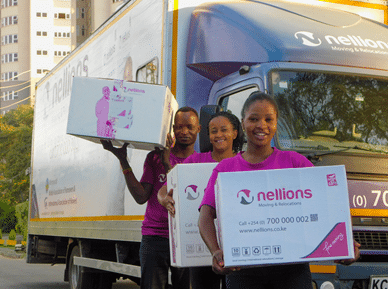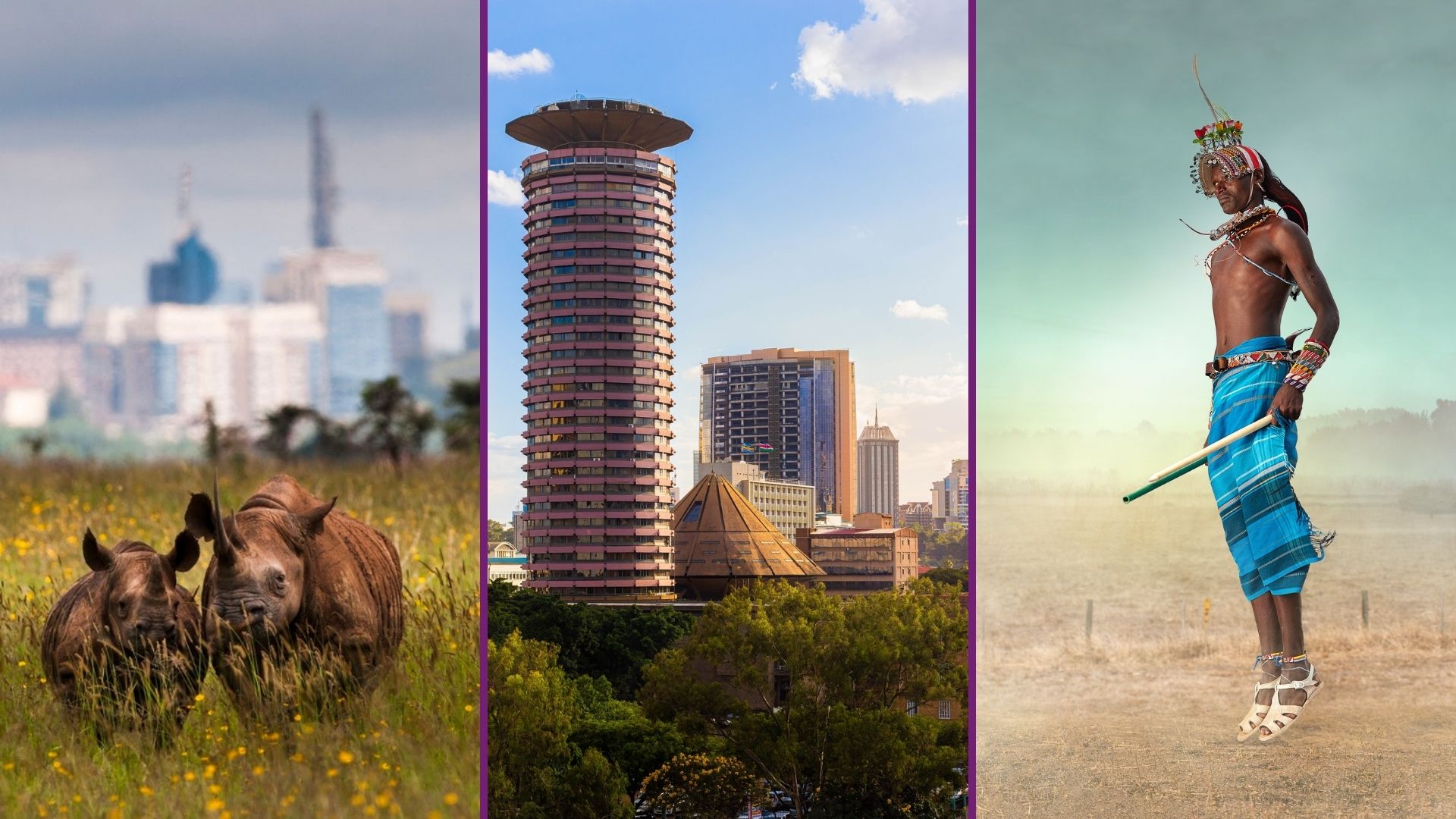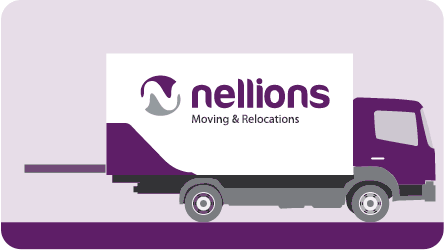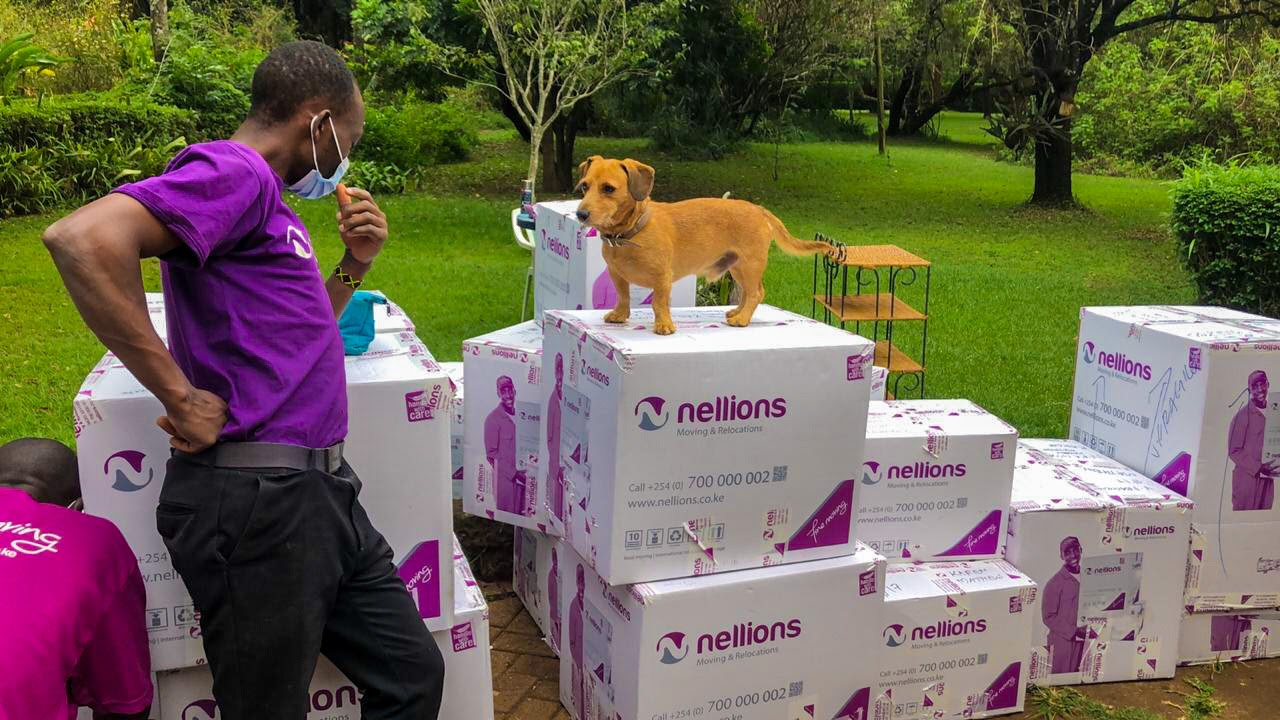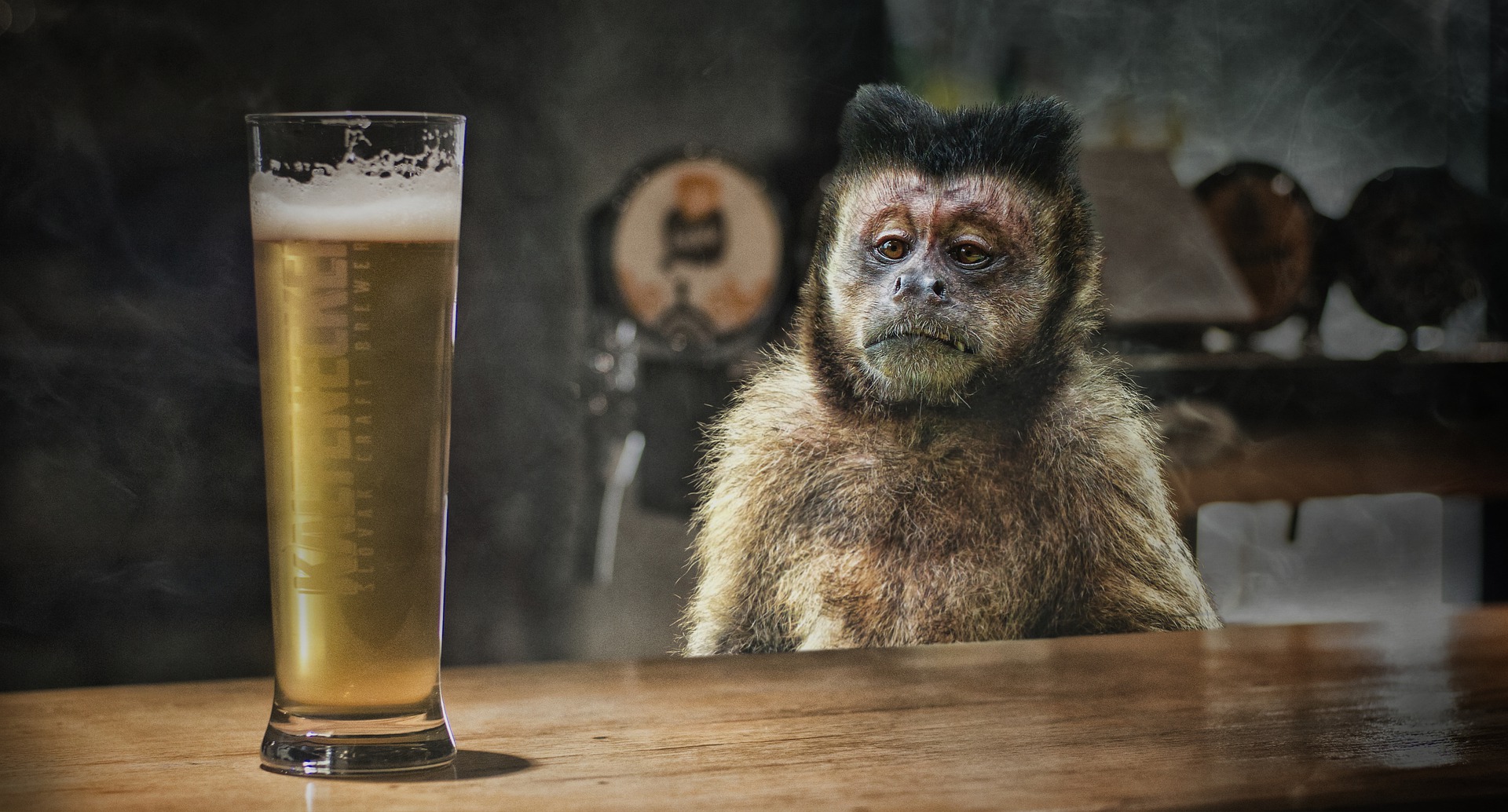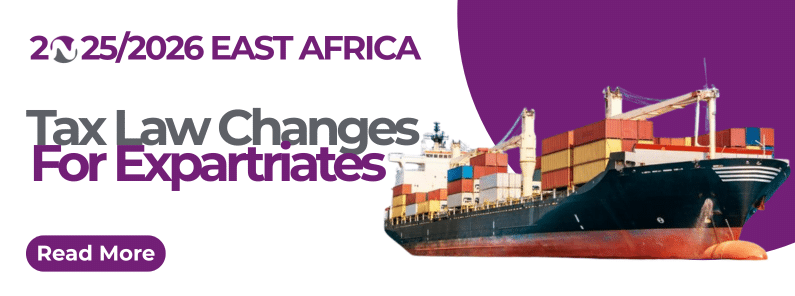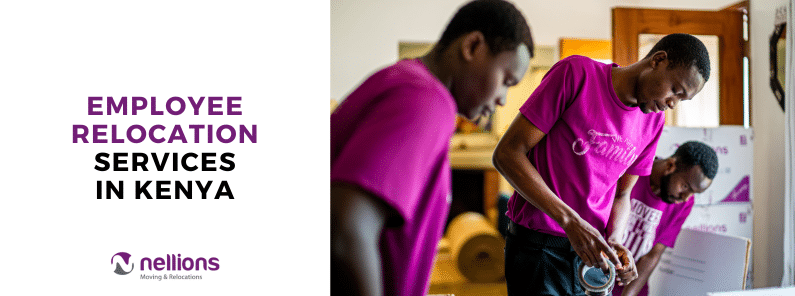Kenya is a democratic republic in East Africa with a population of 50 million people. The topography of the country comprises a coastline on the Indian Ocean and another one on Lake Victoria and encompasses Savannah Lakelands, the dramatic Great Rift Valley, highlands, and jaw-dropping mountain ranges — including Mt. Kenya, the second tallest mountain in Africa. Kenya is also home to numerous different wildlife including the Big Five (lion, leopard, elephant, rhino and African buffalo), 8 different types of antelopes, and hundreds of other species of indigenous flora and fauna.
The most common reason why most people move to Kenya is for work – job contracts or starting businesses – and to live. People who move to Kenya for work often develop a fondness for the country, the climate, and the people, and it is not uncommon for a lot of ex-pats to move back permanently for retirement.
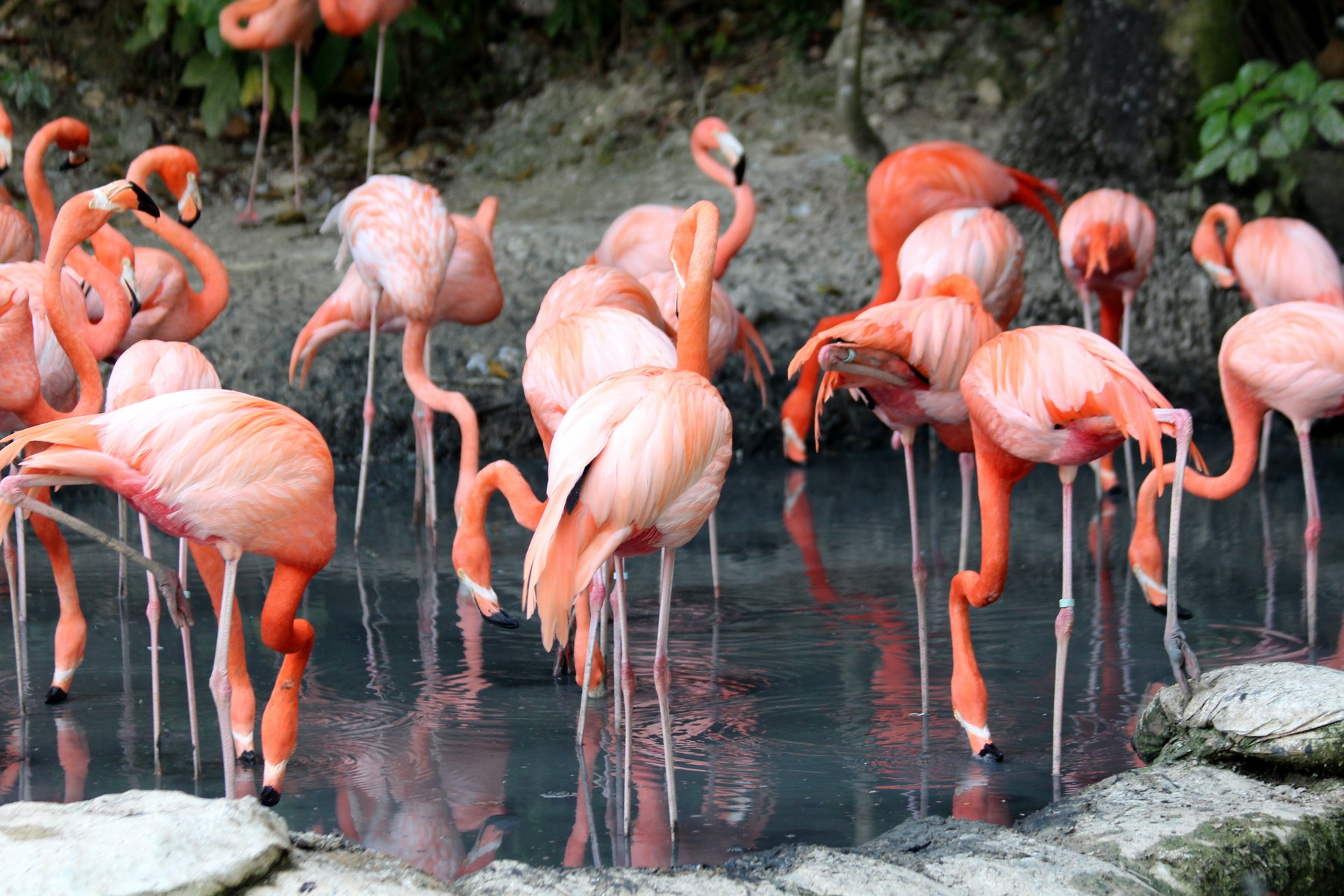
1. Immigration
Like many other countries, Kenya has different types of resident permits issued to different classes of foreigners. Diplomats, expatriates, investors, and those moving for retirement all have different requirements. It is important to become fully familiar with all the requirements based on one’s situation before relocating to Kenya especially if the entire family is moving too. Most of the government immigration services can be found online at www.immigration.go.ke
However, it might be helpful to engage a Kenyan relocation consultant so as to get professional advice that is specific to your move and avoid any last-minute headaches.
2. Economy
Kenya has been a middle-income country since 2015. The country’s economy is the largest in Eastern and Central Africa, with Nairobi city serving as a regional commercial hub. Agriculture is the major economic activity in Kenya, closely followed by the services sector — tourism in particular. In recent years, Kenyans have proven themselves to be a formidable force in the tech sector, with a lot of innovation happening particularly in the fintech space.
Kenya has the largest and most diversified economy in the East and Central African region, and Nairobi city serves as a regional commercial hub. Agriculture (particularly horticulture), tourism, manufacturing, banking, telecommunications, and transport sectors are very robust. The Kenyan economy has been growing at an average rate of above 5% per year in the last decade. The literacy level in Kenya is 82%. Most people have gone up to high school at least, and most youths have university degrees. This creates a vibrant intelligent workforce that is easily trained.
3. Major Cities
Kenya’s capital, Nairobi, is a diverse cosmopolitan city with people from over 100 nationalities. It is a diplomatic hub, housing one of the 4 Major United Nations Global Headquarters at Gigiri, the Delegation of the European Union to Kenya, and dozens of Embassies and High Commissions. Nairobi is also the only capital city on Earth with a game reserve within its boundaries.

The Nairobi National Park is home to many species of wildlife including lions, giraffes, gazelles, and endangered black rhinos. There is also Karura forest in Nairobi which is quite popular with expatriates and Kenyan middle class for jogging and nature walks. There is also a giraffe sanctuary and a rescue and rehabilitation program for orphaned infant elephants at David Sheldrick Elephant Orphanage in Nairobi which are both very fascinating. The city has many ultra-modern malls for shopping and dining experiences. Nairobi hosts the ICD dry port for clearance of seaport shipments.
Mombasa is the second-largest city and is a seaport on the Indian Ocean coast. It is a top holiday destination with clean sandy beaches alongside Malindi/Watamu/Kilifi on the north and Diani in the south. The Kenyan coast has many world-class hotels and two very good marine parks.
Kisumu city is the third-largest urban center and is located on the Western part of the country on the shores of Lake Victoria (the largest lake in Africa and source of the longest river on Earth, the Nile). The inland port at Lake Victoria is a useful channel for ferrying goods between the Indian Ocean and a lot of Kenya’s landlocked neighbours.
4. Transport & Infrastructure
Kenya is very well connected both physically and digitally.
There are 4 functional international airports in Kenya, although the most active are the ones in Nairobi and Mombasa. There are at least a dozen local airports and airstrips peppered throughout the country, and plans are underway to construct more. Nairobi’s geographically central location makes it easy to quickly travel to other parts of the country.
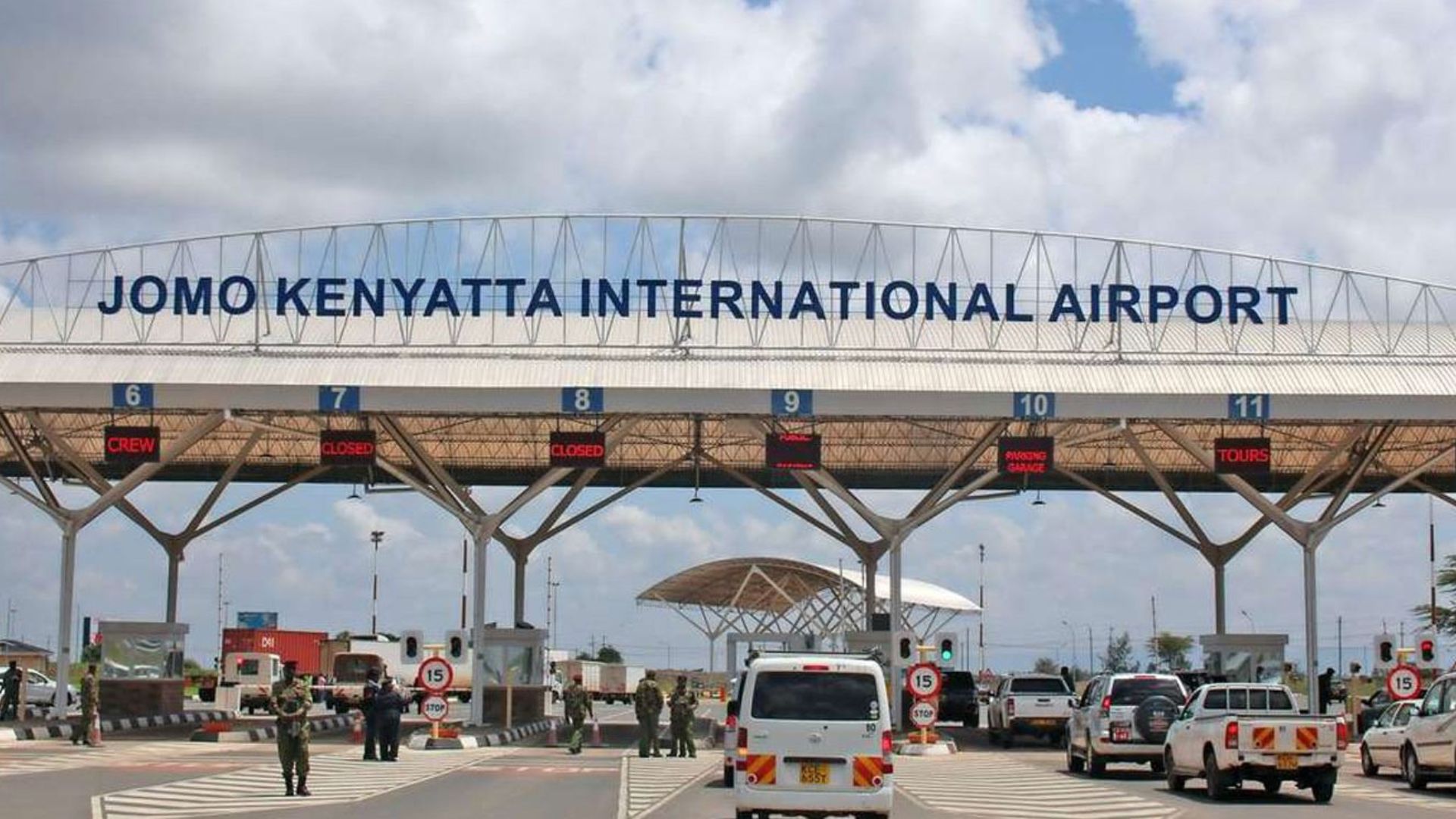
Internet penetration is about 75% in the country and it is quite reliable throughout the country. Fixed cable internet is only currently available in major cities, and the entire country is covered by a strong 4G presence. In June 2020 the government of Kenya became the first country in the world to get balloon-powered internet supplied by Alphabet principally to serve the marginal (semi-arid) areas.
There is a good and extensive road network that extends to nearly all places in Kenya. Be warned: driving in Kenya’s major cities is not for the faint-hearted — the roads are quite chaotic, with a rampant disregard for a lot of traffic laws that is almost palpable. If driving isn’t your cup of tea, you can easily hire a driver starting at US$ 300/month. Uber and taxis are plentiful in the major cities, while those seeking a dose of adrenaline can try riding the public transport vehicles (commonly known as matatus) — easily noticeable by their bright colours and booming music.
In the last decade, the Kenyan government has also undertaken the task of revamping the country’s rail network. The first phase of this project was completed in 2017 and connects Nairobi to Mombasa and makes the 480 km journey in 6 hours. The government plans to extend this connection all the way to Kisumu. When complete, this railway will connect the Lake Victoria port at Kisumu, the Inland Container Depot at Nairobi (ICD), and the coastal port of Mombasa. At the recently refurbished Kisumu port, ships will ferry cargo to and from Kenya’s landlocked neighbours Uganda, Rwanda, Burundi, and the Democratic Republic of Congo via Lake Victoria.
The country is also undertaking another massive infrastructure project that will link Kenya with Ethiopia and Southern Sudan through interregional highways, oil pipelines, and interregional railway lines. The project also involves the construction of a new port in Kenya’s coastal city of Lamu and 3 international airports.
5. Housing & Schools
Finding a good house to live in Nairobi is not difficult. Expatriates living in Kenya have a vast array of choices as to where to live. Naturally, a lot of those who move to Kenya for work settle in or around Nairobi. Karen and Muthaiga are two of the most exclusive areas in Nairobi that offer residents modern, high-end living options. Other high-end neighbourhoods include Spring Valley in Westlands, Tigoni, and Tilisi in Limuru, Runda, Nyari, Kitisuru, and Gigiri. In these areas, there are many good international schools like the International School of Kenya (American), Banda School, German School Nairobi, French School, etc.
Beyond Nairobi, ex-pat communities exist in towns such as Naivasha, the coastal town of Malindi, Diani in Mombasa’s South Coast, and the equator town Nanyuki. Out of Nairobi, there are goods schools like St Andrews Turi, Greenstead, Rift Valley Academy, and Sabis International School just to mention a few.
6. Cost of Living
Being a tropical country, Kenya has good weather which accommodates the production of a lot of foodstuff like cereals and vegetables, making them very affordable. If you have the time, skill, and inclination, you can even grow most of your foodstuff in your personal farm as a lot of families do.
The cost of housing varies, mainly depending on neighbourhoods, but is still significantly lower than what you would pay for an equivalent lifestyle in New York City. At the moment the city of Nairobi has an oversupply of middle-class residential housing as well as office space which makes very good living spaces available at decent rates. The cost of hiring domestic workers (nanny/driver/gardener) is about US$ 250 per month. Nearly all these workers are educated and speak English. Education in international schools is a little expensive, comparable to the cost of private schools in the US. The country has no adverse weather and rarely do people need to heat their homes or use air conditioning, which reduces the cost of electricity.
Internet is moderately priced in Kenya, starting as low as $30 for fixed cable home internet for speeds of 10 Mb/s. A 50 Mb/s subscription will set you back about $65 per month.
7. Ever heard of Mpesa?
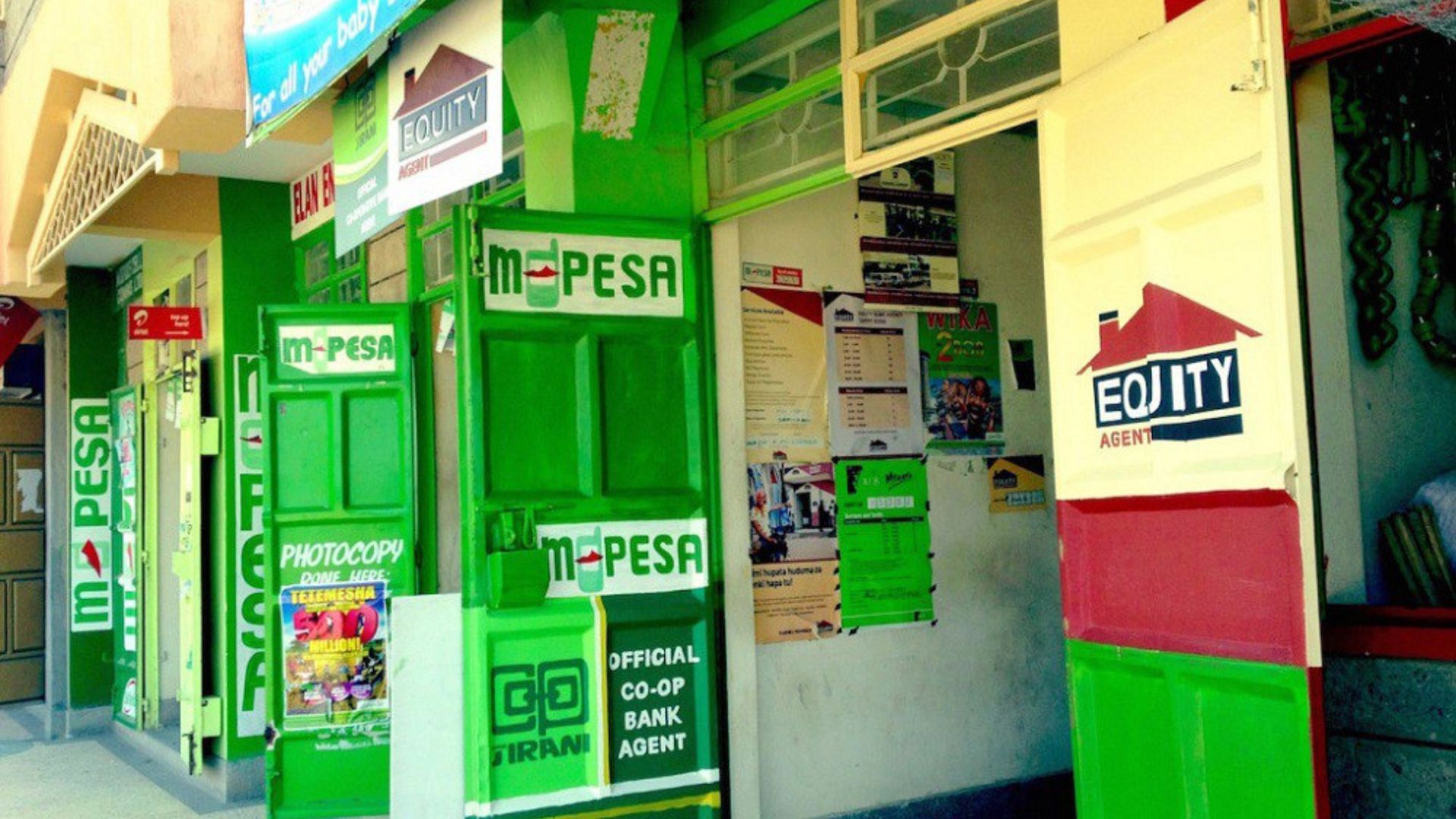
Mpesa (M stands for mobile and ‘pesa’ is the Swahili word for money) is the Mobile Money method of choice in Kenya. Mpesa allows one to send and receive money and pay bills through their mobile handset like they would a text.
If you do not know Mpesa then you probably don’t know Kenya because 85% of the population uses it. This uniquely Kenya innovation is widely accepted by businesses in all parts of the country. It is a lot more common than cards and might even overtake cash transactions in the near future. At least a dozen other African countries have adopted it, and many others have tried creating money transfer apps, but none compares to Mpesa. Many foreigners, as they leave Kenya, usually say they will miss the ease and convenience of Mpesa.
8. Wildebeest Migration
The wildebeest migration is an annual spectacle that happens every July where hundreds of thousands of wildebeests cross the dangerous Mara river in the world-famous Maasai Mara Game Reserve and in the plains of the Serengeti.
Being one of the 7 Wonders of the New World, people travel from all over the world to come and witness this sight. If you ever do move to Kenya, make a point to see this spectacle in person.
9. Weekend and holiday activities
Weekend travels are a common thing within Kenya and are always a rewarding experience. Kenya is just about bursting with tourist attractions, and there is something for everyone; whether you’re an adrenaline junkie, a golf addict, or a craft beer connoisseur. Nature reserves are plentiful throughout the country such as the snow-peaked Mount Kenya — Africa’s second-largest mountain — and the natural flora and fauna that can be found in the surrounding Mt. Kenya National Reserve and many other wildlife sanctuaries. Those of adventurous spirit can climb the various mountains in the country or go skydiving or deep-sea diving in the Indian Ocean coast. Each Kenya national park is known for something unique, like flamingos in Lake Nakuru and the elephants of Tsavo National Park.
As it stands, the attractions on the two other major cities on either coast of Kenya are accessible through a quick 40-minute flight from Nairobi. You can also take a drive instead and enjoy the scenic Kenyan landscape on your road trip.

If you ever do find yourself living in Kenya for a particular stretch of time, we recommend visiting a few (or all) of the following places:
- Maasai Mara National Reserve
- Lake Nakuru National Park
- Lamu Island
- Nairobi National Museum
- Karen Blixen Museum
- Diani Beach
- Nairobi National Park and The David Sheldrick Wildlife Trust
- Malindi: Watamu Beach and Watamu Marine National Parks
- Hell’s Gate National Park
- Mount Kenya National Park
- Ol Pejeta Conservancy
- Giraffe Center
- Bomas of Kenya
- Tsavo National Park
- Nairobi Gallery
- Railway Museum
- Karura Forest Reserve
- Fort Jesus
- Historical ruins in the Kenyan coastal regions of Kilifi, Mombasa, Malindi, and Lamu eg Gedi Ruins, Siyu Fort, Jumba la Mtwana
- Wasini Island
- Mombasa Marine National Park
Ex-pat communities exist all around the country, and they hold regular meetups and events all around the country. A good way to link up with fellow ex-pats is to visit the spots where they frequent, which you can find out by asking about in the area where you live. Platforms like InterNations, Meetup, and Eventbrite can also help you find and connect with like-minded individuals.
10. Not every Kenyan can run a marathon
Kenya has won all the male Olympics gold medals in the 3,000 meters steeplechase since 1984. The current men and women marathon records are held by Kenyans. Truth be told, a vast majority of the Kenyan population have scanty knowledge about athletics leave alone running or winning marathons. Those who excel in long-distance running mainly come from the high-altitude areas of the Kenyan Rift Valley. If relocating to Kenya from the USA or Europe, you have witnessed many more people jogging in your home city than you will see in Nairobi. If however, you visit a place called Iten (350 kilometers west of Nairobi) you will find many elite runners including foreigners running all day long.
Whether you’re relocating to Kenya for work, to start a business, or for retirement, there is lots of beauty in this land that will make you stay… and Kenyans do certainly like visitors.



